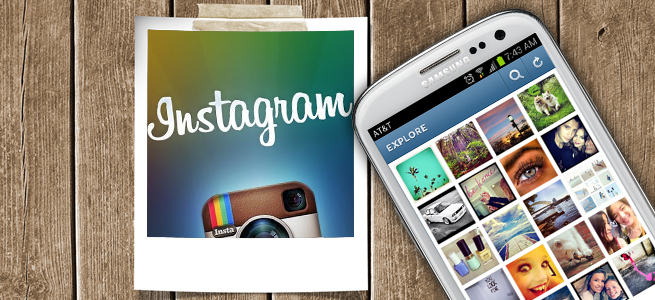
The floodgates have opened this week for advertising on Instagram. The popular photo-sharing network launched an Application Programming Interface (API) that will let advertisers use third-party platforms to schedule their own campaigns.
Before now, Instagram only sold ads to and only worked directly with a handful of big-name brands, a service that smaller companies could not afford. Instagram has been making several changes over the last few months, including adding options for outside links and buy buttons, all geared toward making the platform a profitable and sustainable piece of this ever-changing world of social media. This specific announcement has been long awaited, for the ability to use Facebook-style targeting to reach over 300 million users is any brand manager’s dream. According to a report from eMarketer, this new addition to Instagram is giving the app potential to overshadow Google and Twitter over the next two years by accumulating around $2.8 billion in display ad revenue.
In addition to advertising, this new API allows brand managers to monitor activity and promote Instagram content on other platforms as well. Although this announcement didn’t include tools for uploading services, Hootsuite has come up with the next best thing.
“Users can schedule content to Instagram from Hootsuite, however scheduling does not mean Hootsuite published the content to that respective Instagram account,” a Hootsuite spokesperson told The Next Web. “The user will receive a push notification from Hootsuite at the time they scheduled the image for and then from the Hootsuite notification they are directed into the Instagram app (the image will carry over too) and then they can publish/post the image themselves.”
Opening up the ability for everyone to use these new services has some worried that an increase in ads will take away from the user experience and artistic element that Instagram is known for. However, it is speculated that users won’t see a dramatic increase in the number of advertisements shown on their feed, but rather an increase in the number of different advertisers. The main challenge now will be to keep the high standard for quality despite opening the gates to all advertisers.
